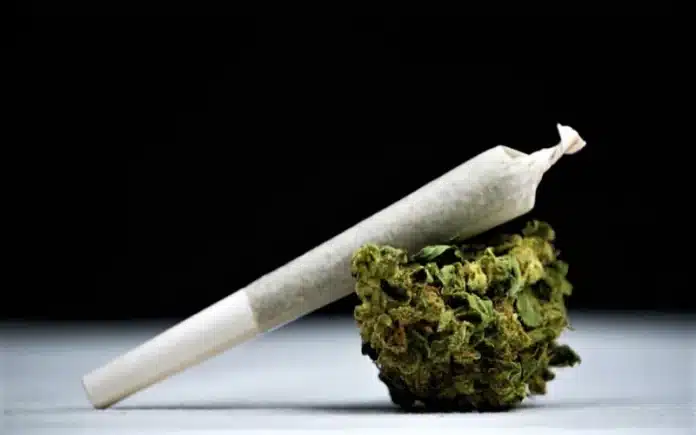Marijuana use among America’s senior citizens rises as interest in the drug is ‘reignited’ today
America’s senior citizens are apparently having a moment to remember.
People over the age of 65 are eclipsing their children and grandchildren as the fastest growing demographic who are experimenting with cannabis for the first time, according to the National Survey of Drug Use and Health. It’s an annual federal report that began over 50 years ago to provide up-to-date data on the use of tobacco, alcohol and illicit drugs as well as mental health in the U.S.
But many Baby Boomers are reminding people that these results may be underestimating how many people smoked “weed” when they were young adults — albeit for entirely different purposes.
After World War II, there was a “baby boom” of 76 million births from 1946 to 1964, which heralded a new generation, the Baby Boomers, according to data from the U.S. Census Bureau.
Many of them experimented with drugs as a rite of passage as they entered adulthood, with nearly half of the generation experimenting with illicit drugs during their younger years, according to previous research.
“Many of us were smoking marijuana in the ‘70s or ’80s,” Bryan Smith, 69, told Fox News Digital.
“There was no idea of dosage, strength or where the marijuana came from,” added Smith, who lives in Santa Barbara, California.
“Sometimes the effects were undesired, but not very often,” he also said.
Legalization of marijuana
The recent survey shows that marijuana use in the past year increased five-fold from 1.4% in 2012 to 7% among senior citizens over the age of 65 in 2021.
“People over 65 were young adults when cannabis use was at an all-time high and perception of risk was low,” Smita Das, M.D., PhD, chair of the council on addiction psychiatry at American Psychiatric Association, told Fox News Digital.
“Today, as cannabis is more available, marketed and accepted, the interest in use may have reignited for that group to use again — but the important thing to remember is that doesn’t come without risks,” added Das, who is based in Stanford, California.
The current legal landscape has helped destigmatize the substance from a “drug” to an “alternative medical therapy” that can help with chronic medical issues when traditional medicine fails.
“In spite of the many stigmas associated with the use of cannabis, the idea of users being ‘stoners’ or excessive users is completely overblown in older consumers,” Smith said.
Currently, 38 states, three territories and the District of Columbia allow the medical use of marijuana — while 23 states, two territories and D.C. have policies that regulate its recreational use, according to the National Conference of State Legislatures.
Many of his peers, Smith noted, are using cannabis products that do not involve smoking, such as edibles that he feels are in more regulated and controlled dosages — allowing people presumably to use marijuana in a healthier way.
“Moderation in most things is a choice, often made by seniors as a healthier way to live,” Smith also said.
However, cannabis remains a Schedule 1 substance under federal guidelines “defined as drugs with no currently accepted medical use and a high potential for abuse.”
It is the most commonly used illegal drug in the U.S. under federal law, according to the Centers for Disease Control and Prevention (CDC).
Medication interactions, safety risks and more
Also known as cannabis, marijuana is a plant with over 100 substances called cannabinoids, derived from the name “cannabis.”
Tetrahydrocannabinol or THC is the main cannabinoid that is mainly responsible for the drug’s influence on the brain.
Endocannabinoids are neurotransmitters that occur naturally in the human body to send messages between nerves in the brain and spinal cord, according to the National Institutes of Health.
Cannabinoids are similar in chemical structure to endocannabinoids, so they act like the naturally occurring neurotransmitters when they attach to cannabinoid receptors in the brain.
This allows THC to potentially alter a person’s memory, learning, attention, decision-making, coordination, emotion and reaction time, according to the CDC.
“The cannabis that the 1970s group used to use is not the cannabis of today, where products are much higher in THC content and available in more modalities than just smoked,” Das cautioned.
“This can potentially have more impacts on many aspects of health, ranging from medication interactions to safety risks to mental health impacts.”
Experts warn that older adults are particularly vulnerable to adverse health consequences, including falls, impaired driving and negative drug interactions with their other medications when using marijuana.














